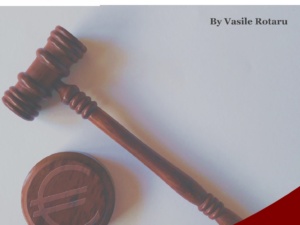The High-Level Legal Committee of the Paris Financial Center has published, on September 25, 2020, a report entitled “Report on classes of creditors for the transposition of the Directive of June 20, 2019 on preventive restructuring frameworks.” Drawing on the lessons learned from the economic analysis of insolvency law, Droit & Croissance has decided to make a series of observations relating to this report in its new position paper. We highlight the need for a coherent articulation of the different procedures and their adaptation to the underlying economic reality.
First of all, the survival of the ordinary safeguard procedure only makes sense if this procedure is addressed by the transposition and under the condition that it be clearly distinguished from the financial safeguard procedure. This articulation implies in particular that the conditions for approval of the restructuring plan be identical for both procedures. A reform of the receivership procedure, ideally by merging it with the safeguard procedure, is also necessary to avoid the ex-ante neutralization of the benefits derived from the transposition of the directive. The constitution of classes of creditors, as provided for by the directive, must be based on clear and consistent criteria that respect the principle of creditors’ best interest. Finally, it would be particularly desirable to introduce a restructuring framework dedicated to SMEs taking their particularities into account.






